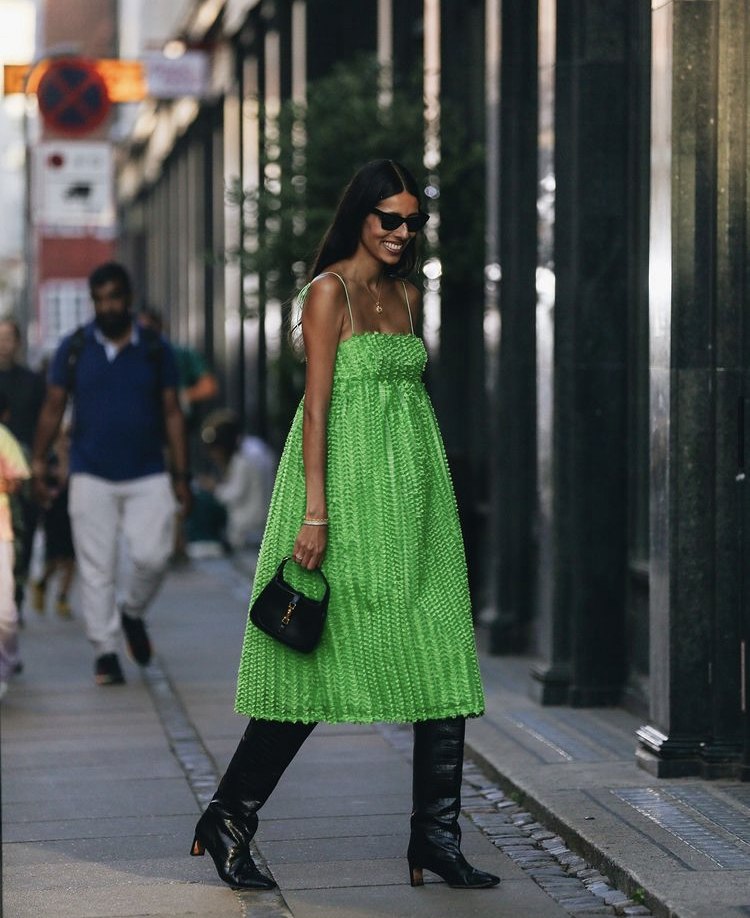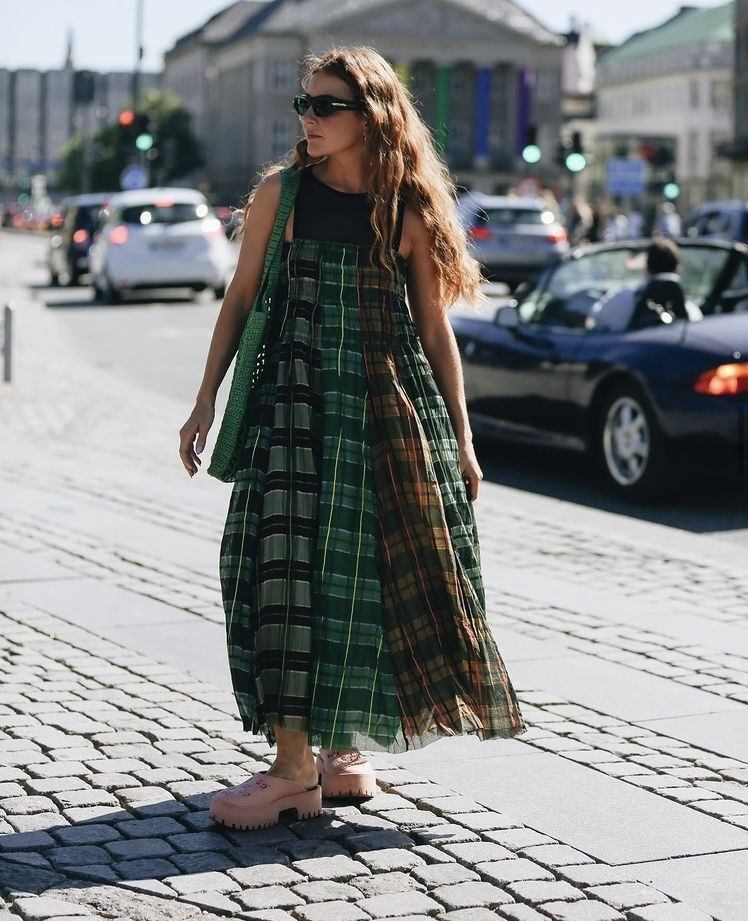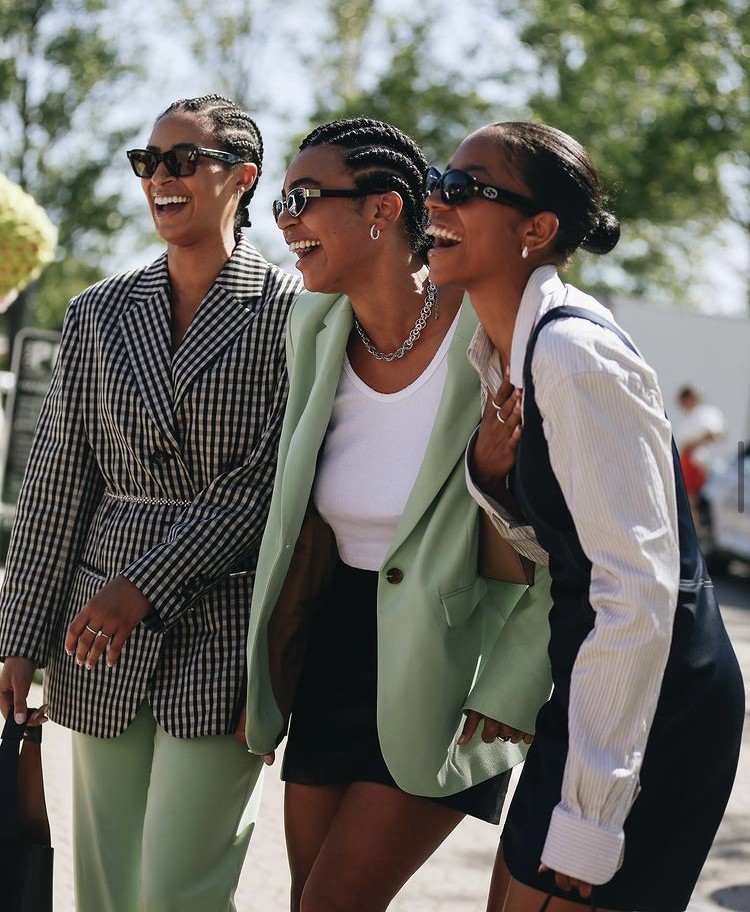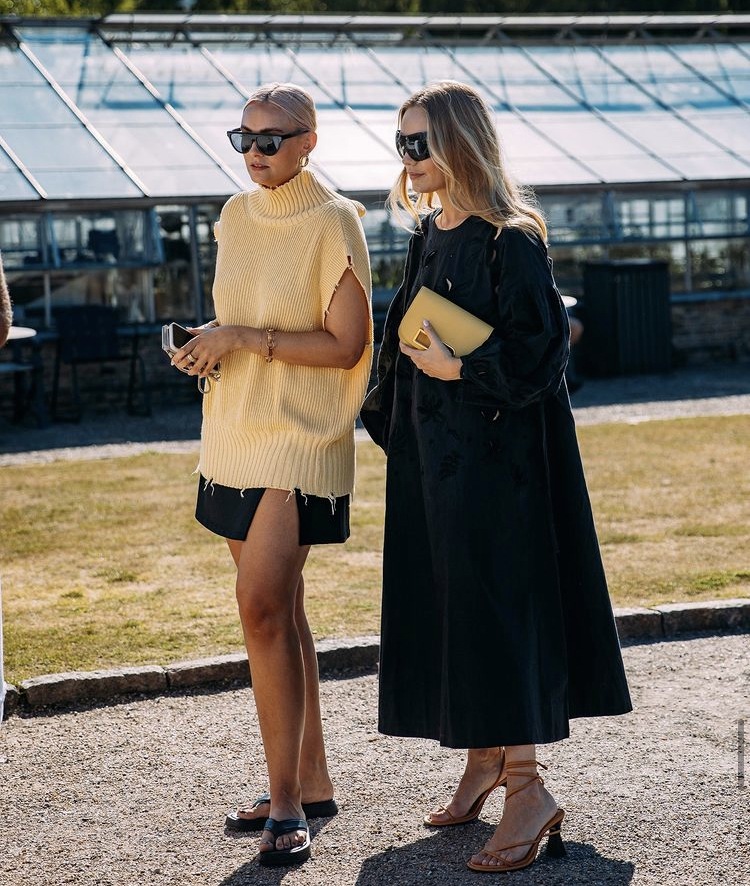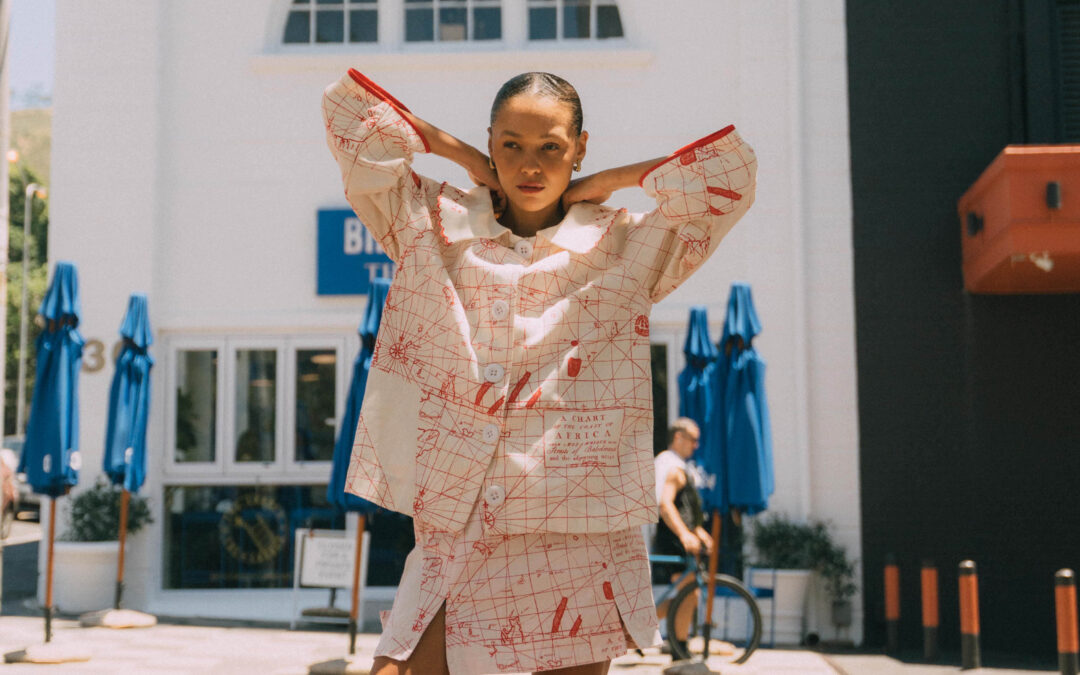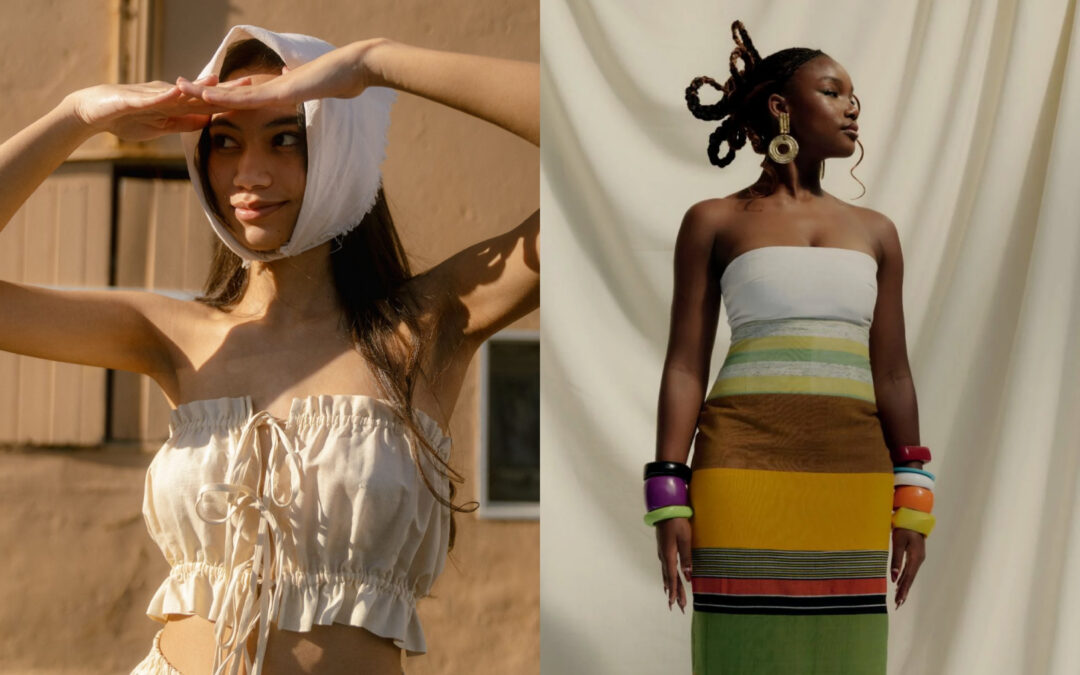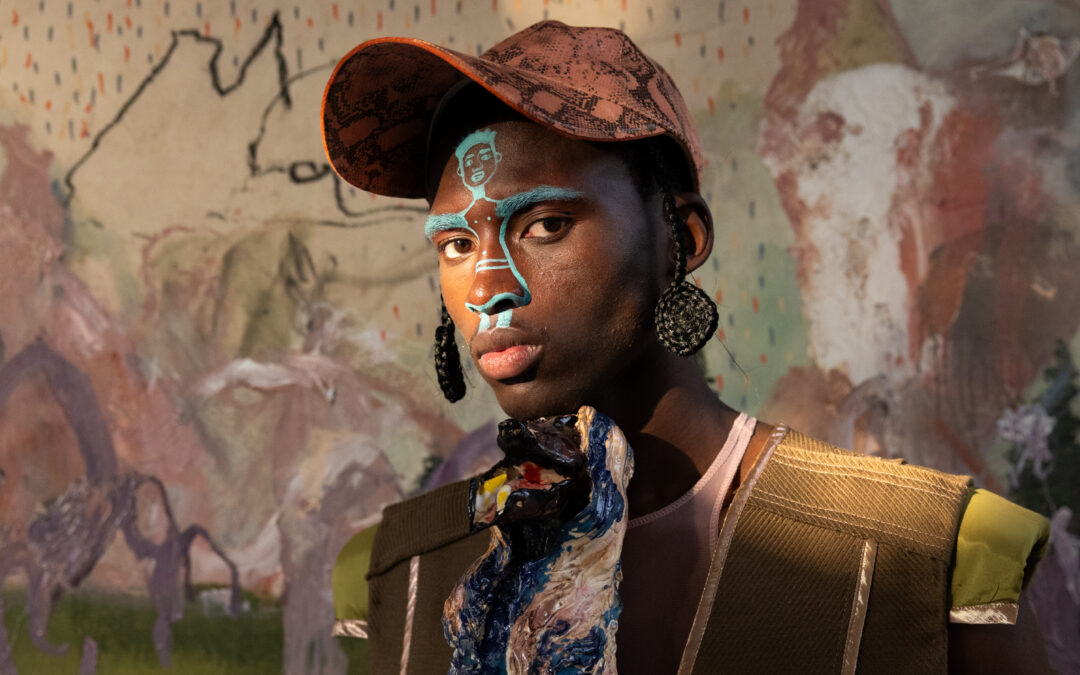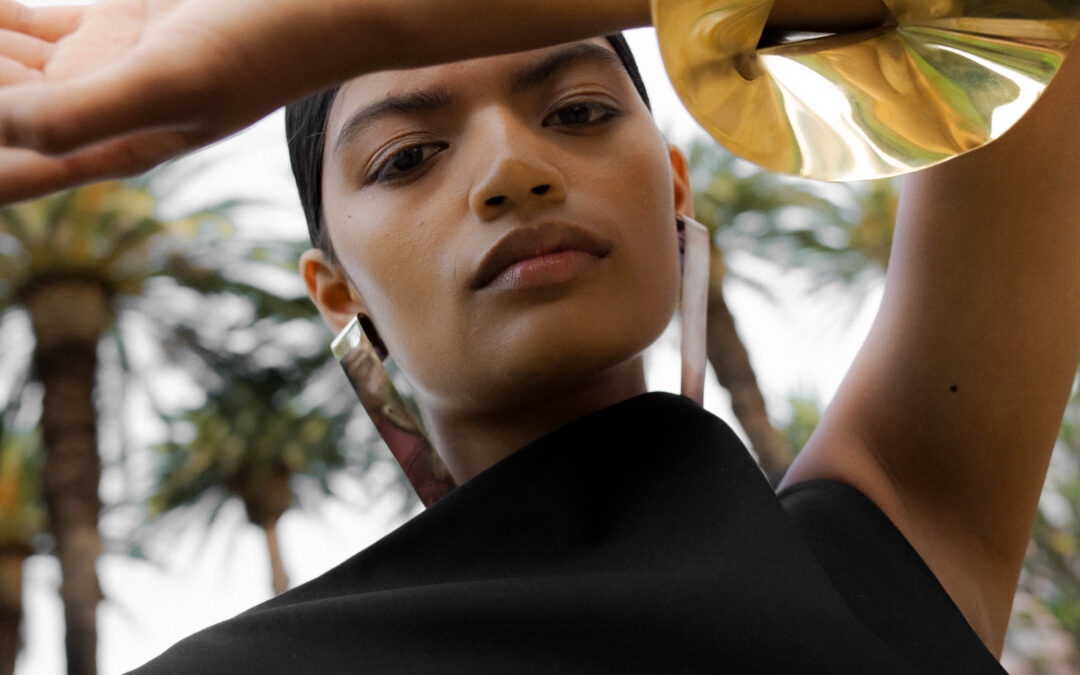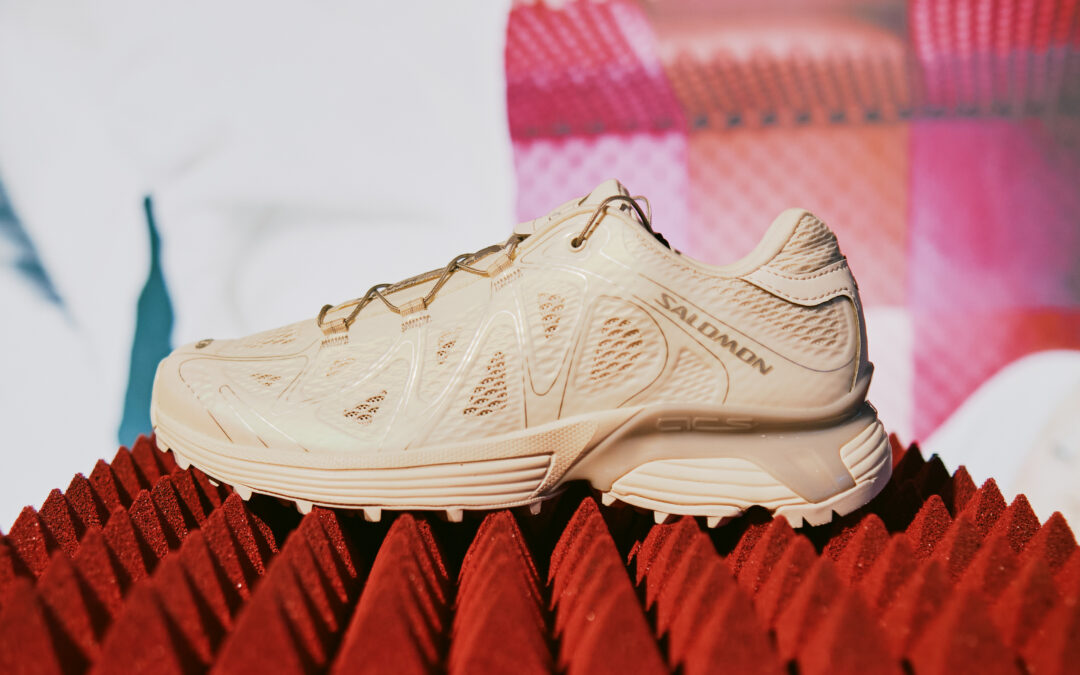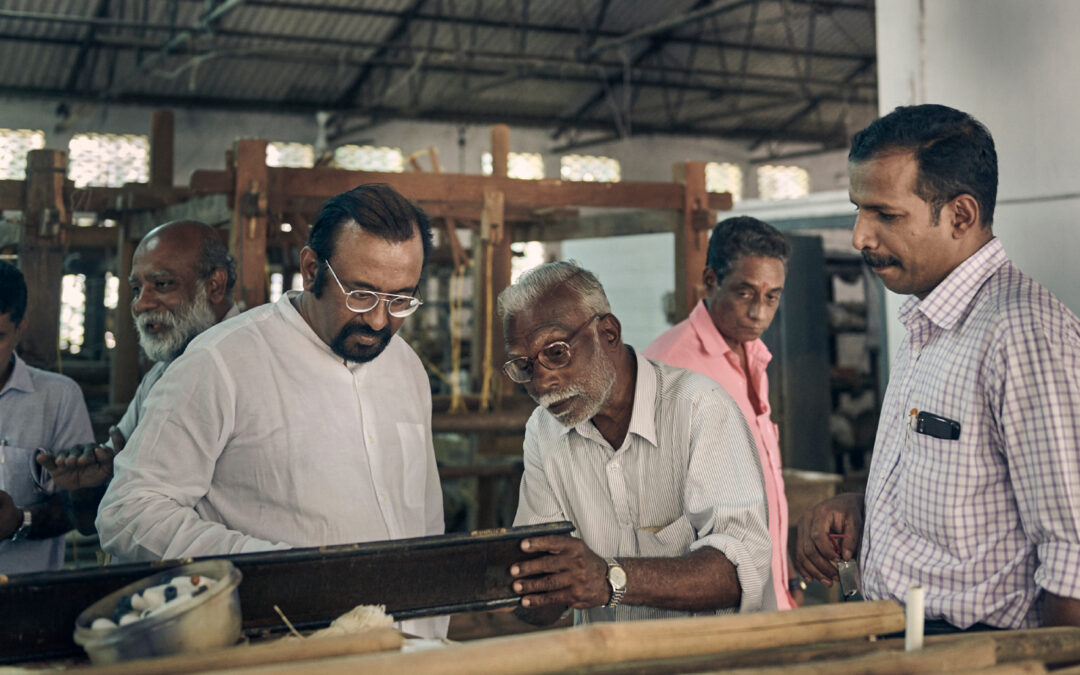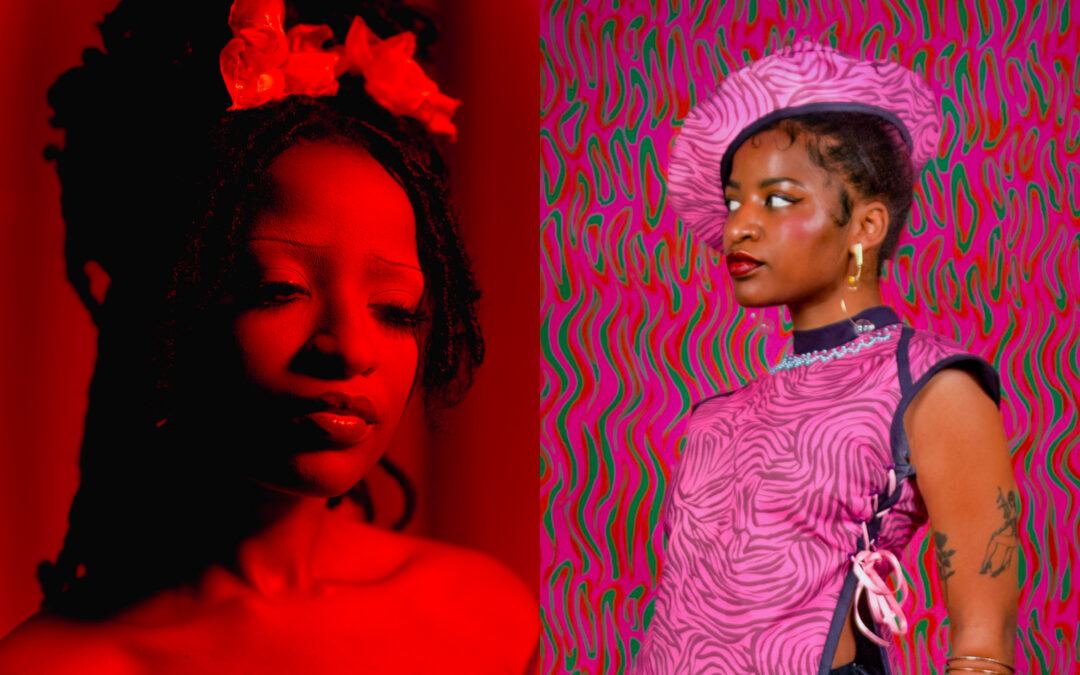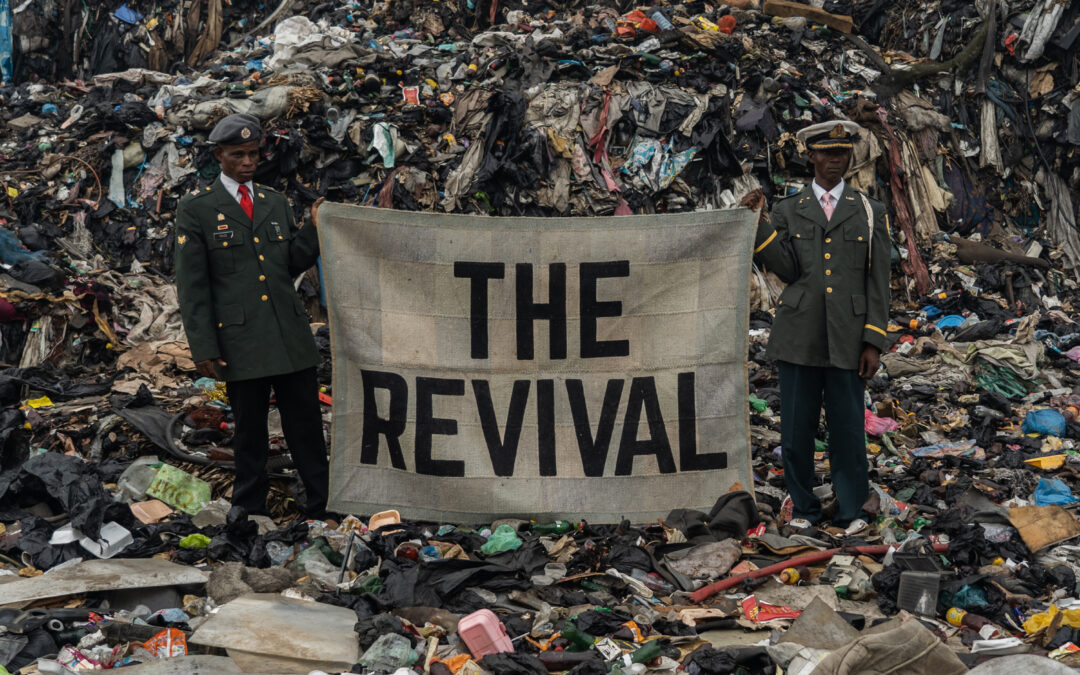The holy trinity of fashion season is Paris, Milan and London – with the most established fashion week programs and institutions, the trio have historically been the consummation or grand slam of a label or designer’s showcase; the final destination, and ultimate centre for the dissemination of their work. Yet, quietly and cordially – the Nordic countries have been carving their own path in the way of sartorial expression, and the nexus for this is Copenhagen Fashion Week. The home of the ‘Ganni Girl’ and coined term ‘Copencore’ – arising out of the minimalist palette of their sister country, Sweden, Danish fashion has risen out of such shadows, to become synonymous with vivid colours and textures – playfulness, joy and a deliberate emphasis on apparel and everyday wear. Slightly different from “ready-to-wear”, I use the term everyday wear to describe the sincerity of Danish fashion – that it seems to actually reflect, directly and effortlessly, the sartorial choices of our generation; many of us working as creatives, many of us thrifting and interpreting trends with less rigidity and rules than before. Danish fashion seems to show the lived lifestyles of fashion-conscious people around the world; and as such, Copenhagen Fashion Week is as much a coveted affair as it is an event that feels accessible and relatable. The wild part of this – particularly the fervour for which CPHFW is becoming an essential fixture in the industry – is that it is still considered a very young, emerging fashion market. Sound familiar?
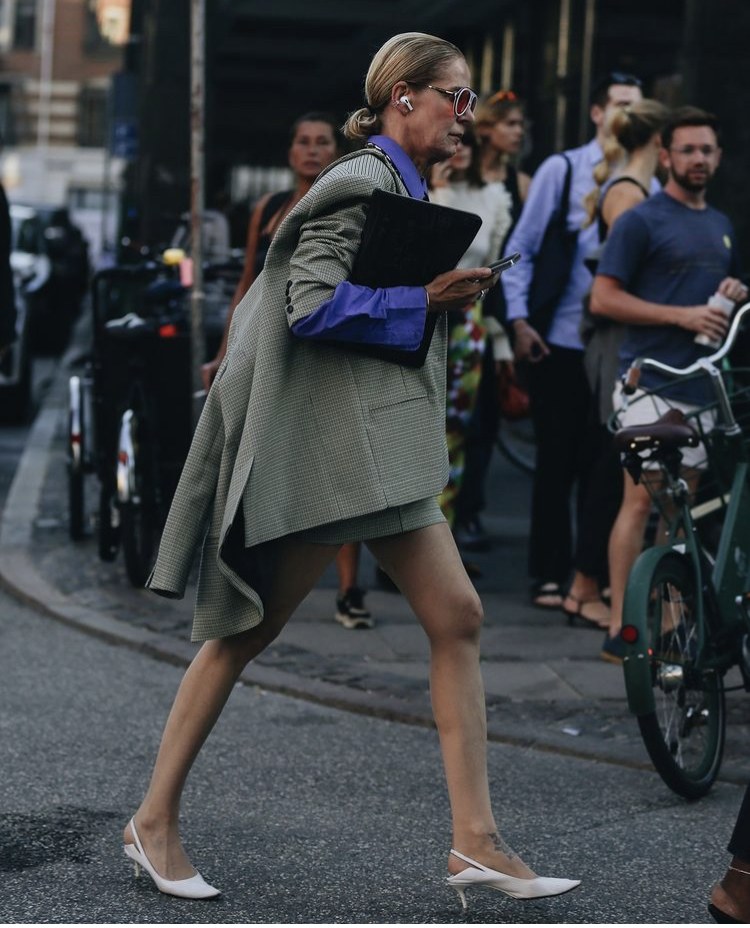
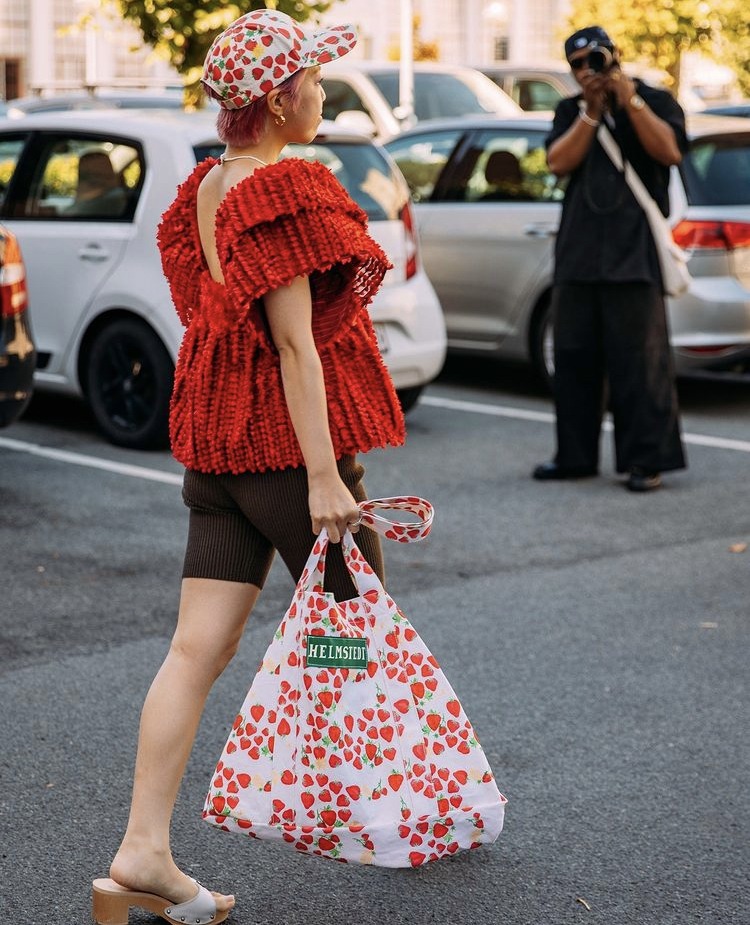
With South Africa’s own fashion industry producing some of the leading designers in the world, and our incredible array of small-scale streetwear, contemporary luxury and design school have been underscored by a consolidation and streamlining of our own fashion week spaces. As Daniël Geldenhuys writes, “News of a merger between two of South Africa’s three major fashion weeks underscored this season’s collections. SA Fashion Week remains in Johannesburg, while SA Menswear Week, now expanded to include womenswear under #WeekOfFashion branding and a CTFC graduate showcase, happens in Cape Town. What exactly this will mean for the industry, no one can say for sure. But two fashion weeks is far better than three: this consolidation, unimaginable in a pre-pandemic world, should enhance the community benefits designers find so valuable.” The necessity for fashion weeks remain invaluable – for local designers, applying for global prizes tend to require a local history of showcasing, and even amidst the digitisation of fashion – the hybrid access to collections alongside the unmatched tangibility of runway shows, mean that fashion weeks continue to be an essential avenue for our industry. Our emerging industry, like Copehagen – is a profound place to be amongst a global landscape that is shifting faster than many of us can comprehend. What CPHFW appears to execute beautifully, is that it’s a biannual hub of connectivity – and yet, a site to be seen at too – but with the kind of earnest spirit that many of us find ourselves first stepping into “fashion” with.
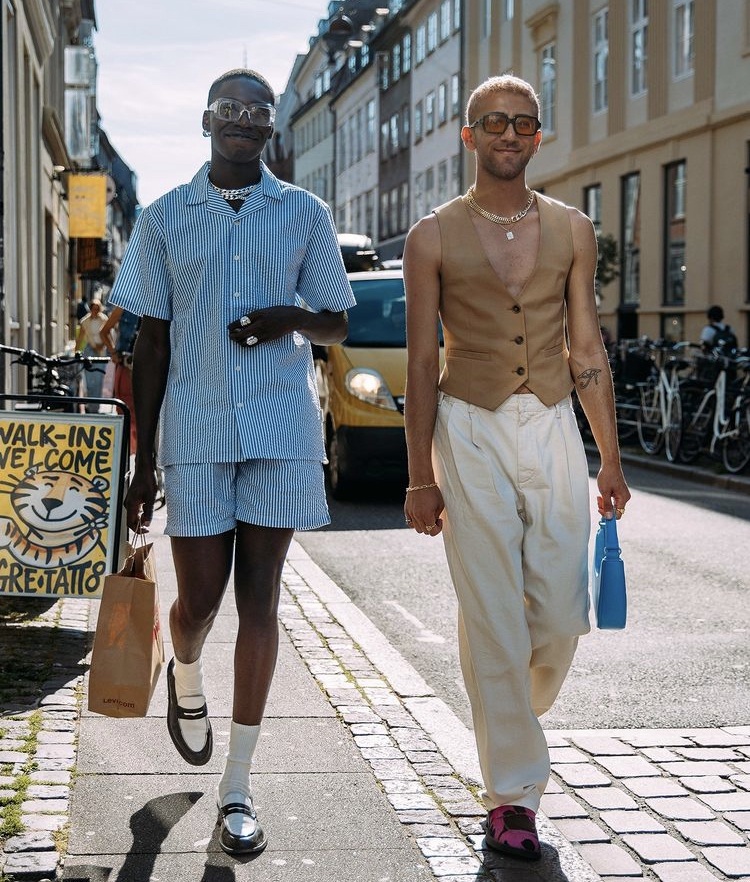
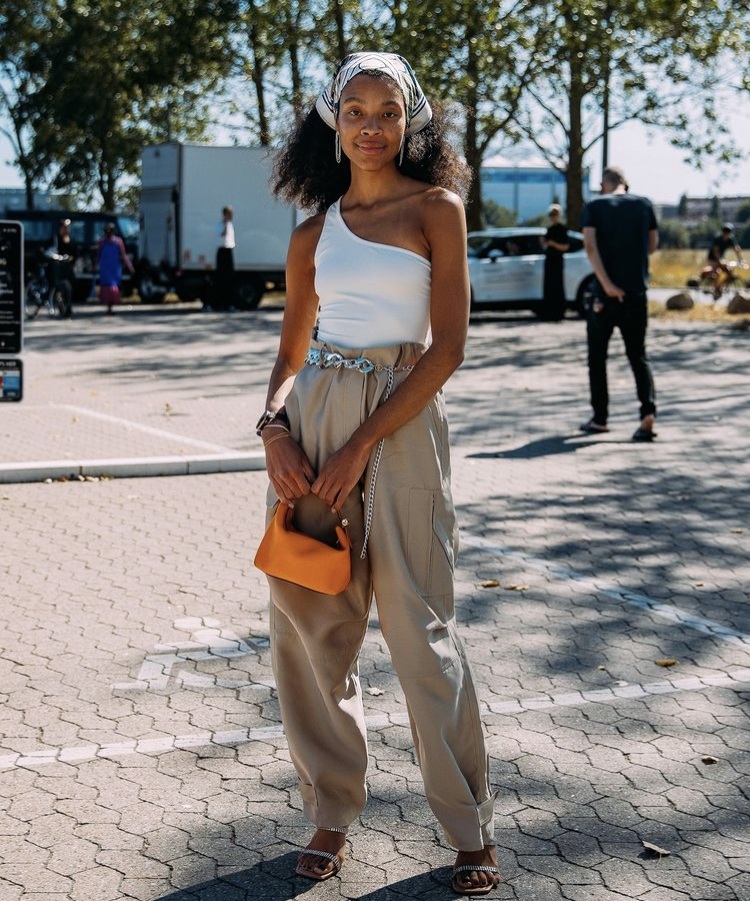
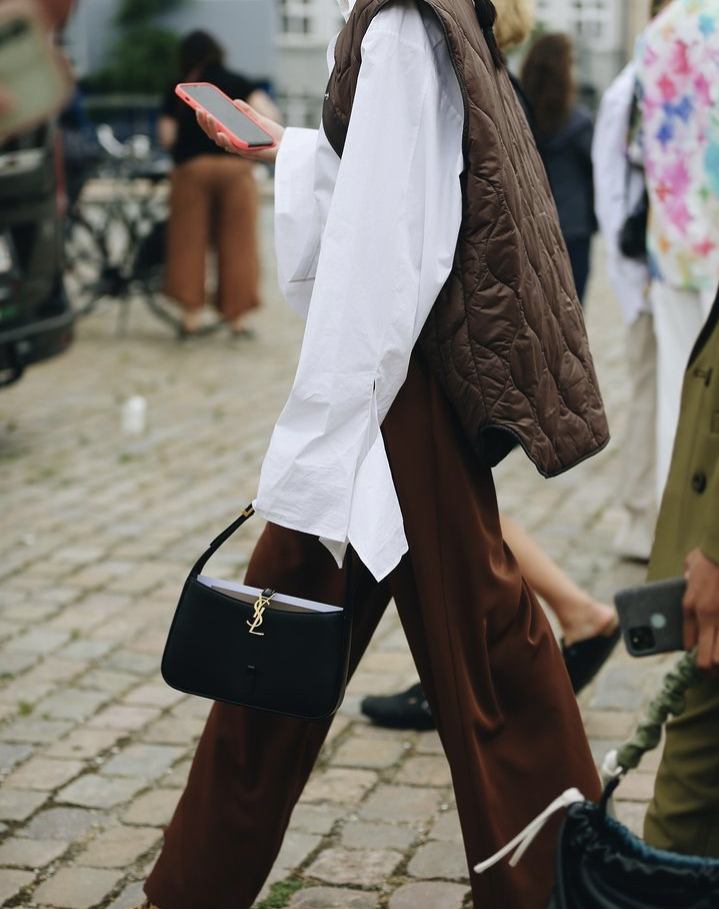
Without nearly 50 years of historical decorum and tradition – like with Paris – emerging fashion weeks meet an opportunity to build their foundations within a contemporary timeframe; cognisant of the social, ecological and cultural shifts occurring within the collective consciousness, and with the ability to action these as the blueprint of their vision. While we have seen these same shifts being reflected within the ‘old guard’, such measures are perhaps easier and feel more sincere in emerging landscapes. As WWD said, Copenhagen Fashion Week drives ‘a democratic approach to dressing’ and so eloquently writer Samantha Conti goes onto say, “The Danish have been working hard to fix Scandinavian fashion on the map, and to promote Copenhagen Fashion Week as the cooler, more progressive — and more whimsical — younger sibling of London, Paris and Milan.” Trend wise, functionality and wearability are centric to the Danish design aesthetic; and much like our own fashion landscape, aspirational price-tags of the couture variety are inconsequential; affordability is a topic of conversation at CPHFW as it is here at home, where much of the market has to be driven by the local economy first before garnering international interest. Many of the designers and labels AT CPHFW are self-starters; like Cecilie Bahnsen, a designer making dresses as luxurious and crafted as couture in the Parisian sense, fetches a low price tag of €2,000 – a fraction of nearly most of what is shown further south in Europe; challenging the very notion of hungry-ghost style capitalism under which much of the mainstream luxury fashion system rests upon. CPHFW’s schedule features many relatively recent alumni from schools, or creatives making career changes to fashion design, with a vision to create their own labels; and similar to South Africa, the culture of singular appointments of creative directors to big houses is practically non-existent; this is self-creation, community-driven creative execution by our generation, for our generation. We are watching a new understanding of the fashion ecosystem being born in Scandinavia; and we would be wise to take notes, spirited by where our varying potentials lie as a critical sartorial centre in Africa.
Underpinning all of this in a philosophical sense, is CPHFW’s unwavering commitment to sustainability; with many of the designers on show already having social and ecological awareness woven into the very fibre of their creative practices. Swedish label Main Nué had their entire collection made from vintage and deadstock fabrics – with others doing similarly – and with their position as a micro-brand – exhibit that it’s not who you are, but rather what you are doing that is of interest to CPHFW and the vision ahead. To further this, CPHFW have released their sustainability report with a specific mandate for 2023; in which every label must meet 18 minimum sustainability requirements to qualify for a slot on their schedule. There are as follows, found here;
“As of Copenhagen Fashion Week AW23 (AW23: 31 January – 3 February 2023), all show schedule applicants whose sustainability efforts meet the minimum standards will be considered for the official Copenhagen Fashion Week show schedule. The 18 Minimum Standards span six focus areas covering the entire value chain. In addition to those, brands are asked to answer an additional set of questions to get insight into their current standing on their sustainability efforts;
- We work strategically with embedding sustainability and international standards on human rights
- We include diversity and equality in our management approach and actively consider these aspects when hiring staff, especially for management positions
- We do not destroy unsold clothes from previous collections.
- We design to increase the quality and value of our products economically and materially and inform our customers about the value of longevity.
- We find a second life for our samples.
- At least 50% of our collection is either certified, made of preferred materials or new generation sustainable materials, upcycled, recycled or made of deadstock.
- We have a preferred materials list in place.
- We have a list of restricted substances in place, following the requirements of the EU REACH Directive, and engage with our suppliers to ensure compliance.
- Our collection is fur-free.
- We are committed to exercising due diligence in our supply chain according to international guidelines and standards and work with our suppliers to ensure e.g., freely chosen employment, secure employment or no child labour.
- We are committed to operating a safe, healthy and respectful working environment for all our employees, free from harassment and discrimination and where everyone enjoys equal opportunities regardless of gender, ethnicity, age, political/religious/ sexual orientation, physical appearance and ability.
- Our in-store and online customer service staff is well informed about our sustainability strategy.
- We educate and inform our customers about our sustainability practices on multiple platforms.
- We do not utilise single-use plastic packaging in store or for online orders but offer recyclable, recycled or repurposable alternatives.
- Our set design and show production is zero waste.
- We do not utilise single-use plastic packaging backstage during fashion week but offer recyclable, recycled or repurposable alternatives.
- We offset or inset the carbon footprint of our show.
- We are signatory of the Danish Fashion Ethical Charter and consider diversity and inclusivity when casting models.
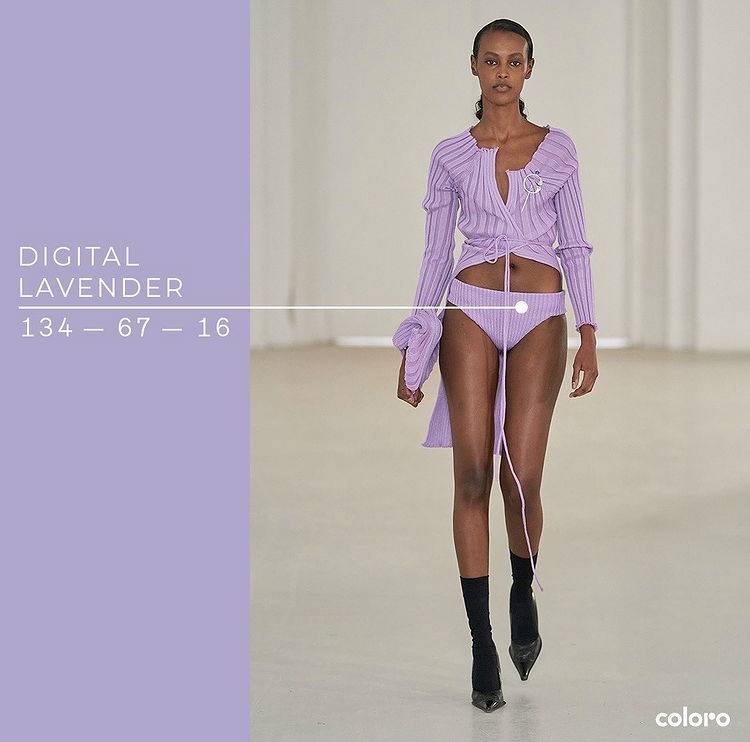

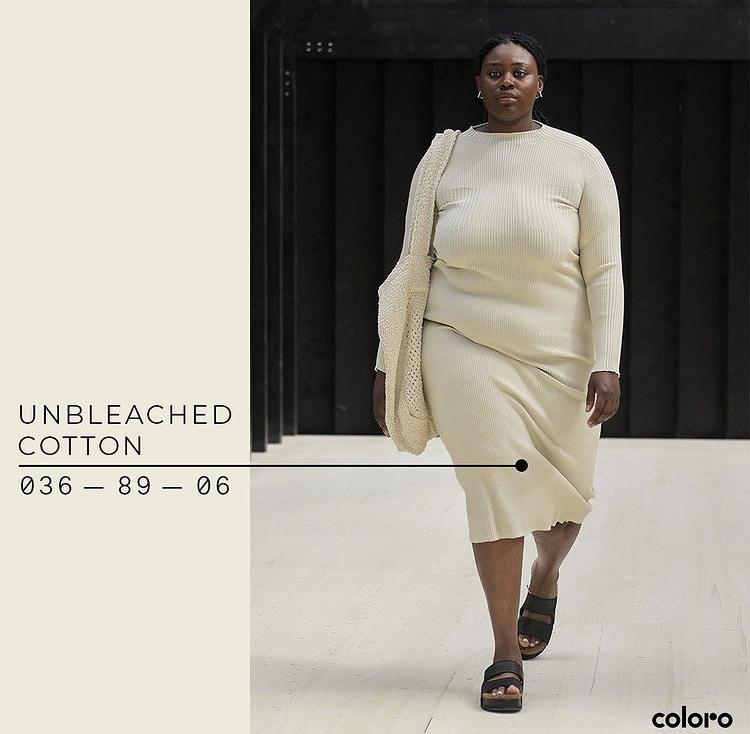
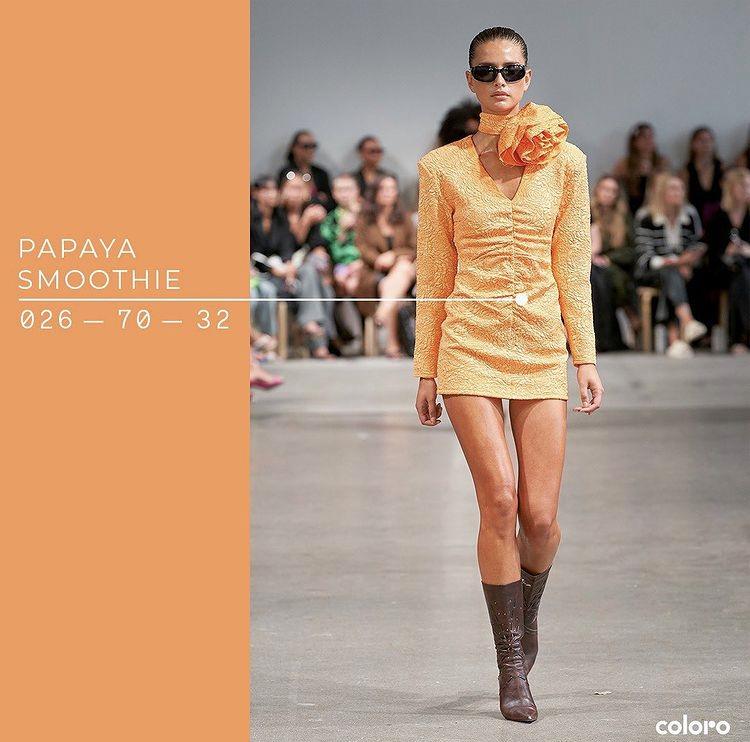
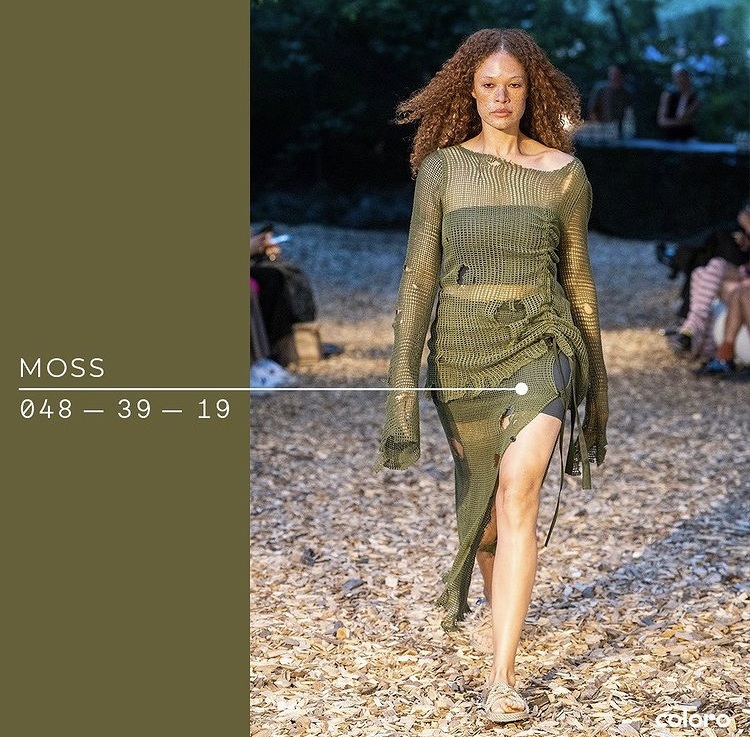
This non-negotiable attitude is essential if we are to imagine having any kind of world in the future; at least not one in which fashion production can continue. With vast creative and entrepreneurial talent here in South Africa, many of the above are the nature of what local designers do – particularly in the way of small-scale production and inclusivity – yet, daring to expand further, and for that to be supported by the fashion institutions and networks that here – one can only imagine.


